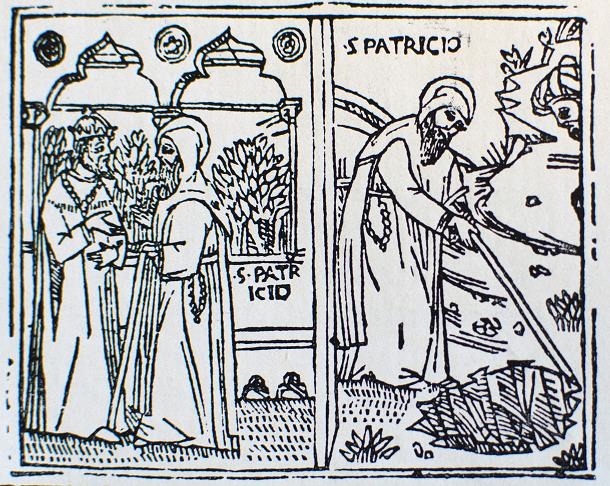I’ve long been interested in service dogs, but something new to me is the idea of a psychiatric service dog. You may have heard of “emotional support animals,” companion animals that help a person stay calm and cope with challenging situations just by being around in a general way. You might think of it as passive support.
A psychiatric service dog, in contrast, is trained to perform specific tasks that actively help the handler through PTSD, anxiety, or other crisis episodes. The dog actively monitors the handler’s well-being, and takes action to intervene or assist when needed.
Now a dear friend of mine is in the process of seeing if he and his dog have what it takes to be formally trained as a psychiatric support dog team — and all signs are very promising.
This is Josef Hathaway:

Josef being himself. Photo by Mary Hathaway, used with permission.
He’s creative and insightful and a natural problem-solver. His father John writes:
Josef was asking about getting an outside cat. Mary facetiously suggested, about an hour before Mass, that he catch one of the feral cats that prowl our yard. A bit later, we’re in our room getting ready and hear a loud crash! I thought another tree had fallen. We heard the girls, but no Joe.
“Josef?!” Mary called.
“Yes?!” called a voice from below our feet.
“What are you doing?”
“You said I could trap a cat!” He was in the basement, pulling out the old dog cages.
“I also suggested you clean your room!”
“Yeah, but that’s boring!”
He’s funny and playful and loving. This is a story Mary tells about Joseph and one of his three sisters:
Josef (menacingly): Gianna, you’re about to have a HEART ATTACK!
Me: Josef!
I turn around, and he proceeds to attack her by throwing paper hearts at her. (Phew.) LOL
Josef also has high functioning autism (Asperger’s) with a mood disorder, for which he receives professional treatment supervised by a psychologist specializing in his diagnoses. At home, his parents provide the structure, diet, behavioral interventions, medical care, and family life adaptations designed by his care team for his situation.
One thing that helps him is time spent with animals. Josef volunteered for about seven months in the puppy room at the CSRA Humane Society. The decision to adopt Frank the dog, though, was inspired by another Frank:
Dean Koontz (dog aficionado) led me to Frank Redman, who recommended we get Josef a lab, and we ended up adopting a lab already named Frank, rescued from Hurricane Matthew. That’s his back story. The SPCA brought him over from Charleston to their shelter during the hurricane.
When the family adopted Frank the dog, they were looking for a good companion who enjoyed chasing balls. They had no idea how attuned he would be to the moods of the members of his adopted pack. With no training at all, Frank has already started actively working as a psychiatric service dog.
Mary shares an example of way the Frank helps Josef calm down from a panic attack:
Josef had another panic attack.
Fifteen minutes before “Contractors for Christ” [coming to help the family with yard maintenance] showed up…he locked himself in his bedroom (John has now removed the door handle), and he was sobbing.
Frank came back and started barking at the door. John was able to get in, and Frank kept jumping up on Josef (kindly–not vicious) and barking at him and pawing at his hands so he would have to stop hurting himself.
Josef then went and closed himself in the closet, and then Frank barked at the door, I opened it, and he again came in and sat down with Josef and barked at him gently to calm down.
Josef was pretty stirred up–he gets anxious about anyone coming over, even if it’s someone he’s known for a while–so, he was still not 100%. But, thanks to Frank, he calmed down, thankfully.
Here’s an example of how attuned Frank is to Josef’s mood, and how quickly he intervenes to help:
Josef just talked to Frank Redman via Skype, and Josef joked that he was scared of something and fake whimpered. Frank came bolting into the room and started licking his hand.
This is all raw talent. The Hathaways are arranging to consult with a professional psychiatric service dog trainer, to determine if Frank and Josef are candidates for training as a team.

Photo of Frank and Josef, copyright John & Mary Hathaway, used with permission.










